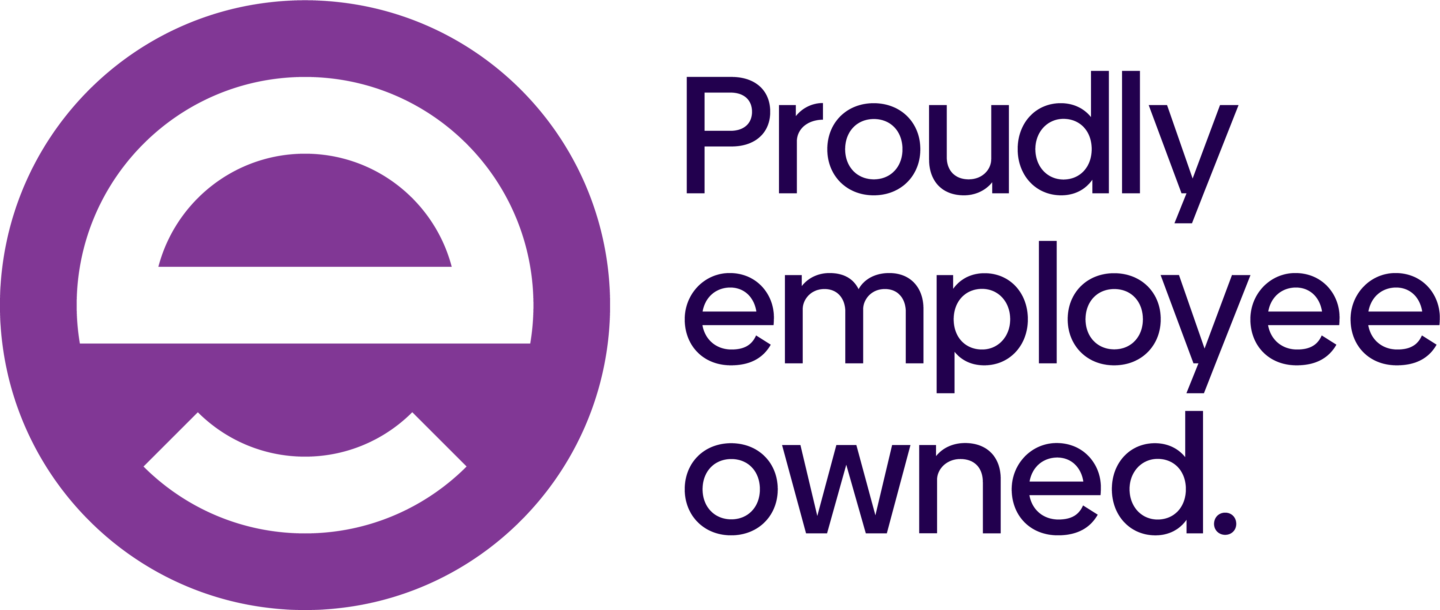EO Sector Statistics
New data published by the Employee Ownership Association and the White Rose Employee Ownership Centre reflect the growth of the number of UK companies owned by their employees.

As of 2025, the UK Employee Ownership (EO) sector comprises approximately 2,470 employee owned businesses, keeping their profit internally rather than shared with external investor or owners. Between them they collectively employ around 358,000 individuals who benefit from having greater involvement in their business, whilst knowing that profit is either reinvested in their company for business sustainability and ongoing success, or shared with them as a profit related bonus.
In 2024, 560 transitions were recorded, whilst 2025 has seen 118 transition in the year to date (although there is a 3-6 month lag in reporting).
Since 2014, when the current legislation was implemented, the sector has grown by 1640% in total business count. So far, the numbers continue to rise reflecting the continued support of this company ownership model by the UK government, as evidenced by the updates to the legislation enacted in the October 2024 budget.
The sector remains predominantly made up of small businesses, which account for 65% of all EO businesses. However, selling into employee ownership is not restricted to founder sellers, or SME's. The model may increasingly be seen as an attractive exit option for a wider pool of company owners, especially when compared to the alternatives in terms of due diligence, time to exit and simplicity of structure. It is particularly positive when compared to a management buy out given the purchase options through longer term repayment funded by future company profit rather than personal finances.
The most common sectors for employee ownership are:
- Professional, scientific, and technical activities 28%
- Manufacturing 15%
- Construction 14%
- Administrative and Support Services 14%
- Wholesale/retail 11%
In recent years, the fastest growing SIC group has been Construction, growing by 6580% between 2014 and 2025.
Independent trustees from IDT are appointed to companies in all these sectors providing support, guidance and expertise in this unique shareholder role.
The above data published on Employee Ownership Daye, 20 June 2025, is from the EOA and the WRCEO, UK EO Business register, May 2025.
For more information, visit their websites at
EOA and
White Rose Employee Ownership Centre

